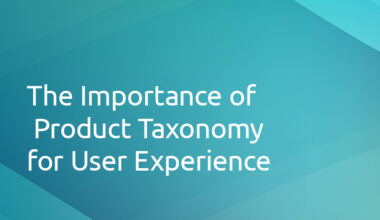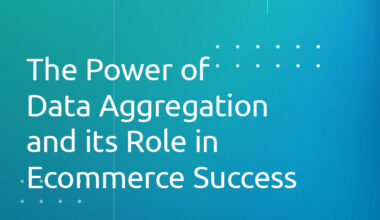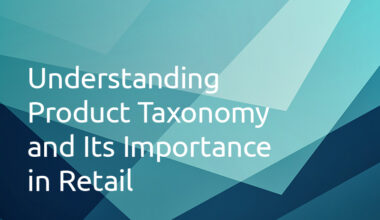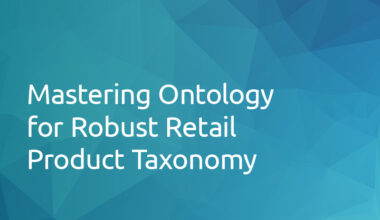With mountains of data at their disposal, retailers are finding innovative ways to analyze and utilize this information for better decision making and enhanced customer experiences. One such method is data classification. This article dives into the science behind effective data classification in retail and how it can propel business success.
Understanding Data Classification
At its core, data classification involves the organization and categorization of data into various types, classes, or forms. This process transforms unstructured data into a neatly arranged structure, promoting easy accessibility, effective data management, and insightful analysis. In retail, data classification can apply to different types of data, including product details, customer information, and transaction records.
The Mechanics of Data Classification
Data classification is not a random process. It follows specific steps and employs algorithms to ensure precision and consistency. The fundamental stages include:
1. Data Collection: Gathering relevant data from various sources.
2. Data Cleansing: Identifying and correcting errors, inconsistencies, and inaccuracies in the data.
3. Categorization: Classifying data based on pre-set categories.
4. Data Labeling: Assigning labels or tags to classified data for easy identification and retrieval.
How Technology Facilitates Data Classification
Several technologies are at play in streamlining the data classification process:
1. Artificial Intelligence (AI): AI algorithms can handle the classification of vast volumes of data quickly and accurately.
2. Machine Learning (ML): Over time, ML algorithms can learn from previously classified data to automate and refine the classification process.
3. Natural Language Processing (NLP): NLP can assist in the classification of unstructured text data, turning it into useful insights.
The Implications of Data Classification in Retail
Effective data classification has a profound impact on retail businesses:
1. Improved Customer Experience: By classifying customer data, retailers can better understand customer behavior and preferences, leading to personalized experiences and stronger customer relationships.
2. Efficient Operations: Classified data simplifies various operational tasks, from inventory management to sales forecasting, enhancing efficiency.
3. Enhanced Security: Sensitive data can be easily identified and adequately protected with appropriate security measures.
4. Data-Driven Marketing: Retailers can segment their customers based on classified data, enabling targeted marketing campaigns that yield higher conversions and ROI.
The science behind effective data classification is intricate, requiring an understanding of algorithms, technologies, and data management principles. However, the effort is well worth it, as effective data classification provides a solid foundation for data-driven decision making, enhanced customer experiences, and operational efficiency in retail.
Learn more about data classification in retail, its importance, and how we tackle it, here.
 1.416.619.5349 Ext.325
1.416.619.5349 Ext.325 







